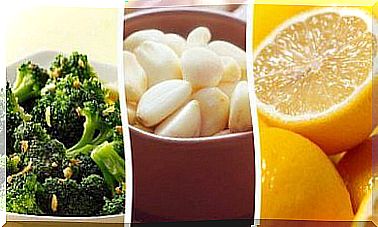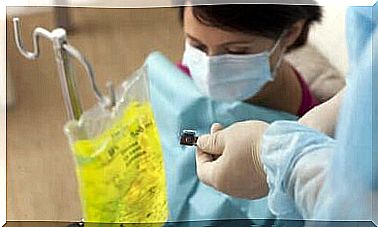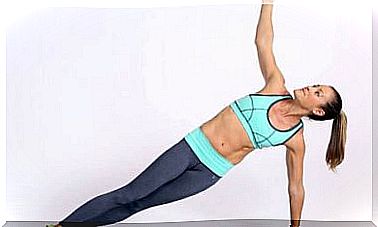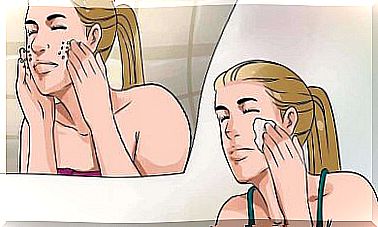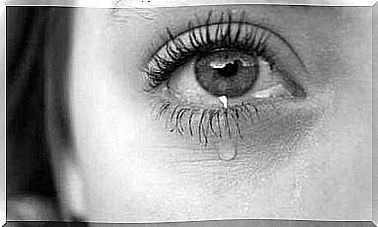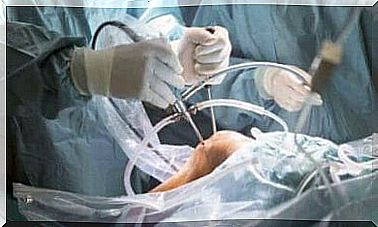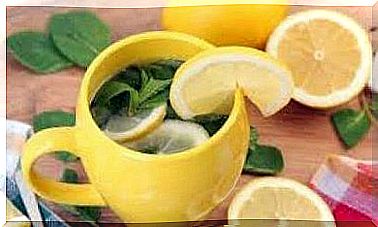Therapeutic Massage: Types And Benefits
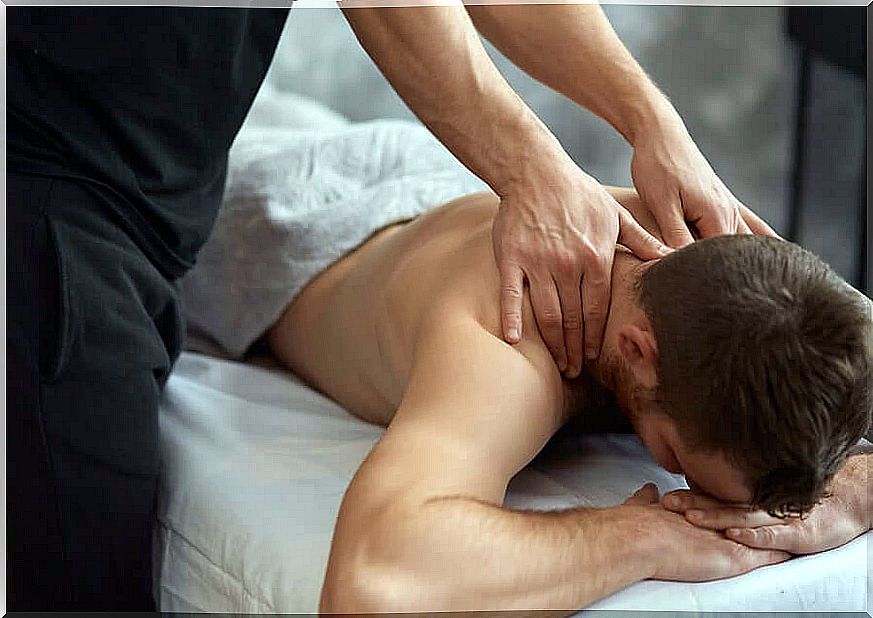
There are different types of therapeutic massage and they can be divided into different categories. These techniques are well suited for treating physical ailments as they can be effective in reducing pain.
The etymology of the word ‘massage’ reveals its origin. In Arabic, mass stands for ‘gentle rubbing’. In addition, the Greek word for it is massein, which means “to rub,” and the Hebrew language has mashech, which translates to “to grope.”
A massage is the manipulation of soft tissues that consists of performing a rhythmic action with sufficient intensity on certain body points. The manipulation usually takes place on the superficial tissue layers but can also be done on the deep layers.
Massages can have therapeutic, relaxation and sporting purposes. A relaxing massage mainly has an aesthetic purpose, while sports massage is good both before and after physical exertion.
In this article we mainly discuss the different types of techniques used in a therapeutic massage. So let’s take a quick look at which techniques can be used and what their effects are on the human body.
The effects of therapeutic massage on the body
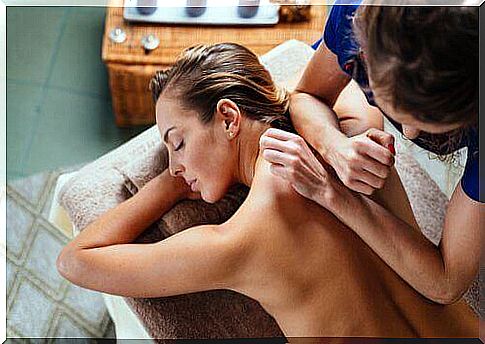
In general, there are no contraindications for massage, with the exception of open wounds and inflammation.
However, there may be specific circumstances in which certain techniques may be better avoided. A certain handle may therefore be more appropriate because it may be more suitable within the different types of therapeutic massages.
It is a mistake to think that you can only use massages to treat muscle disorders. The benefits of therapeutic massages are also physical and psychological.
In fact, you can even use a combination of two or more types of massage in the same treatment to improve any unevenness in the tissues.
Some of the benefits of therapeutic massage include:
- muscle development.
- Relaxation of contracted muscles.
- Long-term tissue flexibility.
- Pain relieving.
- A sense of general well-being.
- Improving blood and lymph circulation.
Techniques for a therapeutic massage
The different types of massages vary according to their technique and therapeutic purpose. Although the classification of the types of therapeutic massage varies, here is a general list describing them according to their characteristics:
- To smoothe
- kneading
- compression
- To knock
- Vibrations
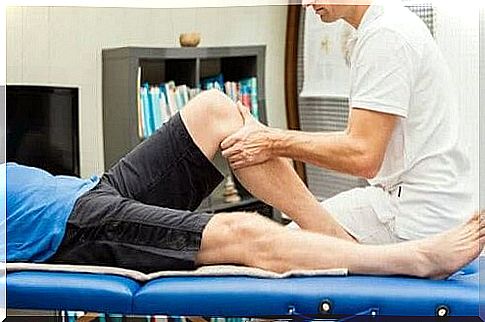
To smoothe
This technique can be described by the uniform and slowly ironing over a part of the body. Generally this will be longitudinal or circular.
It is very important not to push away tissue that does not require treatment. In its superficial version, ironing can increase the circulation of the skin and promote the regeneration of the skin layers.
Deep strokes are a separate form of massage within this category. The purpose of this is to both reduce stress and work on blood and lymph circulation. This massage promotes, among other things, the venous return, which is often insufficient after great efforts.
kneading
In general, this is one of the most energetic types of therapeutic massage, along with tapping. By kneading, the masseur tries to loosen the superficial tissues from the deep layer and also to move the muscle fibers.
This technique combines rolling, twisting and stretching the muscles. These movements are performed rhythmically. Deep kneading can increase the contractile ability of your muscles. You can use this technique to:
- remove waste products from tissues.
- promote blood circulation in the muscles.
- promote relaxation.
The movements of this technique are short. Therapists must use controlled pressure, usually with their fingertips. Its application can also be very helpful around the joints.
compression
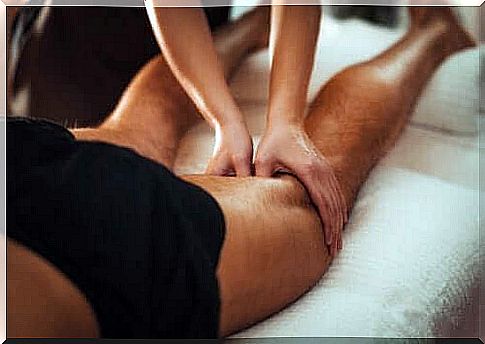
This technique is static, so there is no tissue displacement. Here, the therapist pushes on one area of the area for 30 to 60 seconds without moving to the sides. Compression can be performed with the fingertips, knuckles and elbows.
To knock
Within the different types of therapeutic massage, knocking, also called percussion, is one of the most energetic forms, along with kneading. There are two different knocking methods, both of which must be performed without losing contact between the therapist and the skin:
- Therapists can tap with the palms in a concave position. This is also known as battre a l’air comprimé or tapotage.
- In addition, can tap with the ulnar edge of the hands (on the side of the little fingers), maintaining constant pressure and high energy.
Tapping increases the circulation of the treated area. This provides the muscle with nutrients, among other things. This technique also increases the contractile capacity of the muscles and normalizes the tone.
As a result of these effects, many also consider it an energizing massage technique. This is because it improves the general well-being of the person undergoing the massage.
Vibrations
The movements of this technique are short and rhythmic. Also, the hands are in constant contact with the skin and the therapist’s forearms perform static contractions that cause vibrations.
However, the therapist will tire quickly when performing this technique. Some of the beneficial effects of this technique include:
- muscle relaxation.
- stimulation of blood circulation.
- loosening mucus from the lungs in patients with breathing problems.
Did you already know the existence of therapeutic massage? As you can see, their benefits go beyond repairing the muscles. Consult an expert to determine which type of massage is best for your situation.
